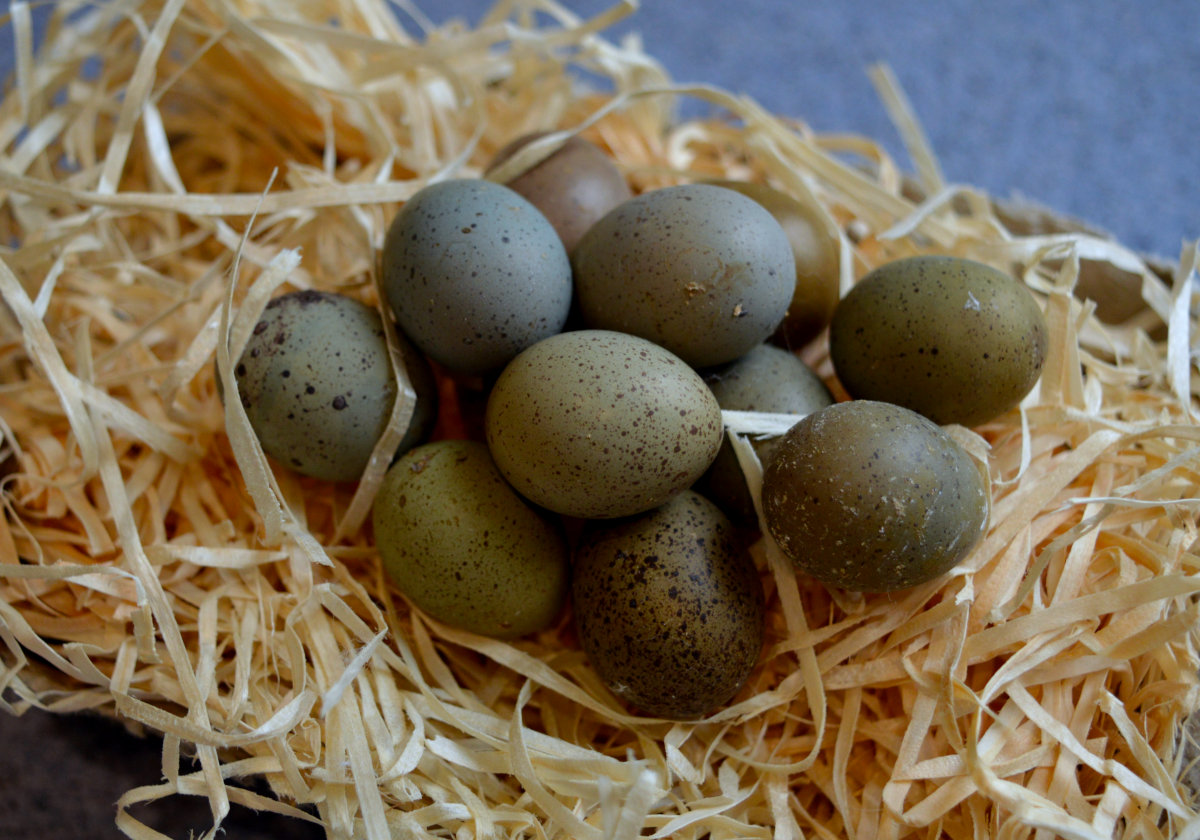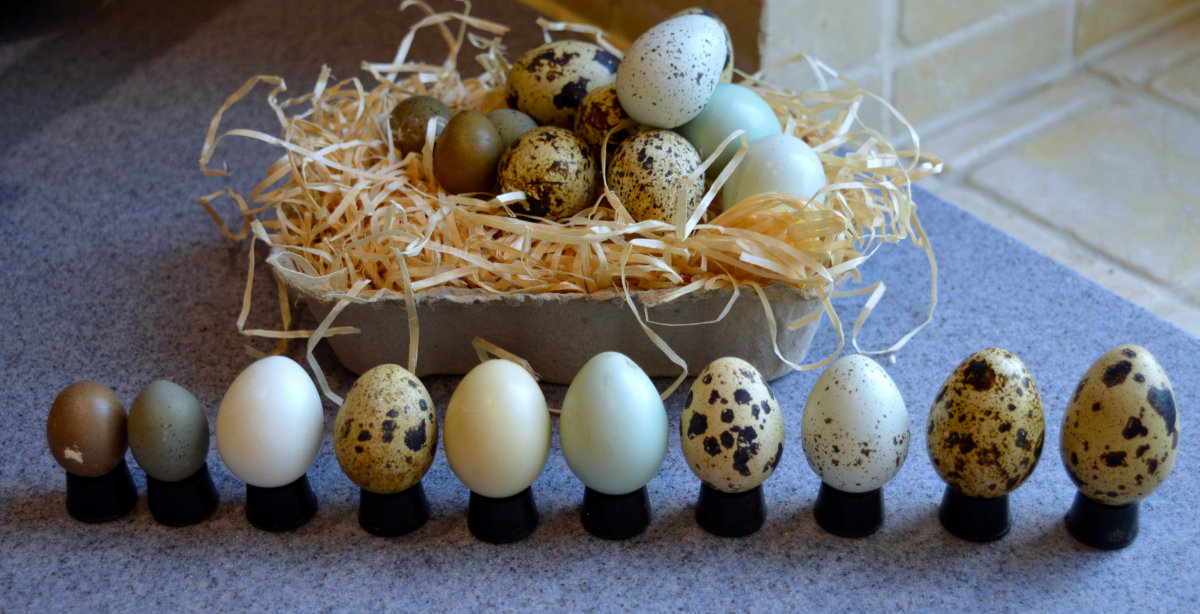Quail math - Find your perfect flock size with our calculator.

Getting the right number of quail isn’t just about logistics, it’s about peace of mind. Too few, and you feel like you’re missing out. Too many, and you feel like they’ve taken over your life.
My sage advice: Start with a few Quail and make sure they are for you before you get into it in a big way!
Step 1: Decide on your goal.
Before we talk actual numbers, figure out why you’re keeping quail. Your purpose will shape your flock size more than anything.
If you want eggs: A healthy Coturnix quail hen can lay 250–300 eggs a year and they start laying at around 6–8 weeks old, much earlier than chickens.
Below: There are huge variances in both egg numbers and size across the breeds.

Egg production is best in their first year, then slowly declines so you will need to factor in a way to replace your flock gradually every year.
If you want meat: Coturnix quail reach table size in 6–8 weeks so expect around 4–5 oz (110–140 g) of meat per bird once dressed.
To have meat regularly, you’ll need a breeding setup and a steady hatch rate. This also tends to be a batch process
If you want both: You’ll need enough hens for daily eggs, plus extra males and space to raise meat birds.
Step 2: Use my "How Many Quail" Calculator to see how many you need.
Don't worry, you don't have to do the maths yourself! I built this quail calculator to help you figure out exactly how many birds you need. It does the hard work for you, taking into account those seasonal dips so you get a realistic number that will keep your egg carton full all year round.
Just enter how many eggs you need daily, and the calculator will give you the recommended number of quail. It will also show you a graph of your estimated egg production over the year, so you can see when your flock will be at its peak and when it might slow down.
When I first started I got 16 jumbo hens - the problem was I started finding other used for the eggs ( soft boiled whole in salads for example) and soon ended needing more birds.
Step 3 : Plan for practicalities and real life.
- Space: Quail need at least 1 sq. ft. per bird in a pen, ideally more.
- Noise: Males make a soft “crowing” sound—not as loud as a rooster, but your neighbours will notice.
- Feed costs: Quail are small, but a flock adds up. Budget around 20–25g of feed per bird per day.
- Mortality & replacements: Birds get old, predators get bold—plan for replacements each year.
I also learned very quickly that more birds meant more cleaning, more feed, and more time, something you don’t always think about when you’re doing quail math.
Step 4: Consider the real factors behind the numbers.
You might think the answer is straightforward, like one quail per egg per day. In my experience, that's a common rookie mistake. The truth is, figuring out the right number of quail for your homestead is a little more nuanced than a simple calculation.
Don't forget to take these factors into account:
- Egg Production Rate: The average quail lays an egg about 80% of the time, not 100%. This rate also drops significantly during the shorter, darker days of winter.
- The weather: Excessive heat, cold or bad weather and storms can affect productivity.
- Breakages and wastage: Quail are floor layers and eggs get damaged easily.
- Male-to-Female Ratio: To keep your flock calm and productive, you need to maintain a healthy ratio. I've found that having one male for every three to five females works best. This prevents fighting and stress, which can hurt egg production.
- Account for broodiness: All hens of every species stop laying when they are broody and it persists for many weeks afterwards.
- Space Requirements: Your coop size matters. A happy quail is a productive quail, and crowding them leads to stress.